All of the carriers are talking about 5G. Here's what it means for consumers.
If you follow phones or technology, you've seen 5G popping up everywhere. New phones are listing 5G as a major feature and the carriers love to tell you that they have the best 5G, but what does 5G actually mean to a normal customer? For now, 5G means that if you live in just the right area and have just the right phone or hotspot, you can get a faster and more reliable phone connection that won't bog down when the network is congested. Beyond that, it gets a bit more complicated.
More data demand than ever
5G is spreading fast and for many people, it's not quite what they expected. 5G refers to 5G NR (New Radio) which contains many different technologies with different implementations. What a 5G connection actually means to the consumer varies greatly between carriers but one thing it has in common across the board is the promise for better speed and capacity.
Technically speaking, 5G is the next generation of mobile broadband connections. For now, 5G mostly compliments the 4G LTE network adding extra capacity in areas that need it most. There are three main categories of 5G and they are based on the frequency being used. These connections are low-band, mid-band, and mmWave (millimeter wave). Collectively low-band and mid-band 5G is referred to as sub-6 indicating that it is below 6GHz.
With any type of 5G connection, you'll see fast network speeds, but the most noticeable change will come from high-frequency mmWave. These mmWave networks have great speeds, but the coverage is very limited. Sub-6 has much greater coverage, similar to LTE, but speeds are more in line with the best of 4G technology.
All of the major carriers are looking towards a combination of these different 5G categories to build out a complete network depending on the density and geographic challenges in each area.
All about the frequency
T-Mobile deployed a low-band 5G network on its 600Mhz spectrum on many of its towers. Since this frequency is good for coverage, T-Mobile was able to leap ahead in 5G coverage without building many new towers. It just had to upgrade the equipment and make sure the towers had a strong fiber backhaul to supply a connection. AT&T more recently launched a similar network on its 850Mhz spectrum which is rapidly expanding and should have nationwide coverage by mid-2020.
Of course, this lower-frequency spectrum isn't available in the vast chunks that higher bands are so speeds aren't as big of an upgrade over 4G. However, when it comes to building a complete 5G network, this low-band connection is great for filling in the gaps. The FCC is also working on freeing up some 3.5GHz spectrum for 5G deployment.
AT&T, T-Mobile, and Verizon are all deploying 5G on the high-band or millimeter wave spectrum. Verizon is moving faster than the other two at these frequencies but without any sort of low-band deployment, its coverage area is a lot smaller. On the plus side, this high-band network is capable of delivering blazing-fast speeds in excess of 1 Gbps.
Sprint is working in the middle at 2.5Ghz allowing for higher speeds than low-band or LTE while still offering coverage similar to 4G LTE. The best case for 5G is being able to use a combination of all of these deployments depending on the area and its needs.
5G on Verizon: Everything you need to know 5G on AT&T: Everything you need to know 5G on T-Mobile: Everything you need to know
Faster connections usually don't have much range.
Your home Wi-Fi router is a great example of how this works. 802.11a/b/g 2.4GHz networks use narrow 20MHz channels to transmit and receive data. 802.11n 5GHz networks use 40MHz wide channels, and 802.11ac 5GHz networks can use 80MHz wide channels. When you're connected to your router with a 2.4GHz connection on a much narrower channel, the speeds are slower than when connecting at 5GHz when you're nearby but stay fairly consistent as you move further away. 5GHz connections, especially 802.11ac connections, have a much more limited range because the signal strength drops off quickly and is more susceptible to interference.
Which phones support 5G?
5G phones like the LG V50 ThinQ 5G have been available the longest but these devices don't have the ability to utilize low-band 5G. Newer 5G devices such as the Galaxy S20 5G and the OnePlus 7T Pro 5G support the full range of 5G connections available. Of course, each carrier is deploying 5G differently so you will need to check to make sure any 5G phone you buy supports the full network your carrier is building.
When can I get 5G?
Of course, what all that really means is that you will need new devices in order to see any sort of 5G network for yourself. Besides having a compatible phone, you'll just need to wait for your area to be covered by 5G. You can check to see if your city has coverage to know for sure. Even then, cities with coverage will still have pockets where only 4G LTE is available.
We've also seen a few mobile hotspots that can leverage these new 5G networks by Netgear and others. This drives home one very important 5G feature that doesn't get enough attention — it can compete with wired broadband internet. Verizon has actually started offering home internet service with its 5G network and T-Mobile has committed to using its network to expand broadband to rural areas.
Here's every U.S. city with 5G coverage right now
What this all means right now
The sheer amount of data that can be transferred at high speeds means that 5G will be able to do a lot more than bring fast downloads to your phone. Many people will be able to use the currently available sub-6 5G connections like a robust LTE connection but the future is much brighter with a combined network with multiple bands of 5G available.
5G speeds will stay higher than LTE even with a lot of connections and it will be easier than ever to deliver high-speed internet to people, even when they are in an older building that hasn't been upgraded for fiber. For now, 5G is like slightly faster LTE but as the infrastructure gets built, more applications will be able to take advantage of the improved connectivity.
The newest 5G tech
Samsung Galaxy S20+ 5G
A fast phone for a fast network
One of the newest and fastest phones on the market also supports 5G on all major carriers. With a Snapdragon 865 and 12GB of RAM, the Galaxy S20+ is one of the most capable phones you can get by any measure.
The next big thing in connectivity
5G
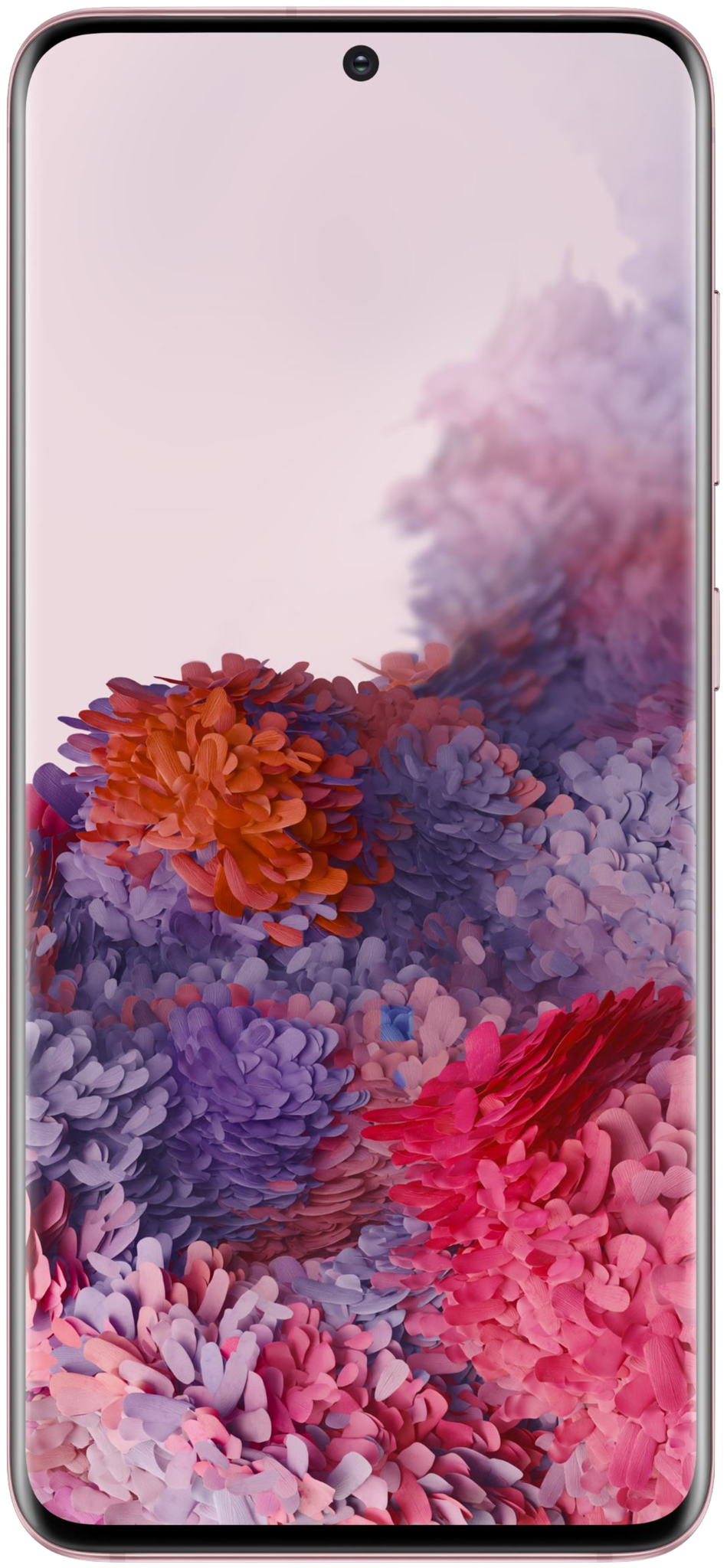
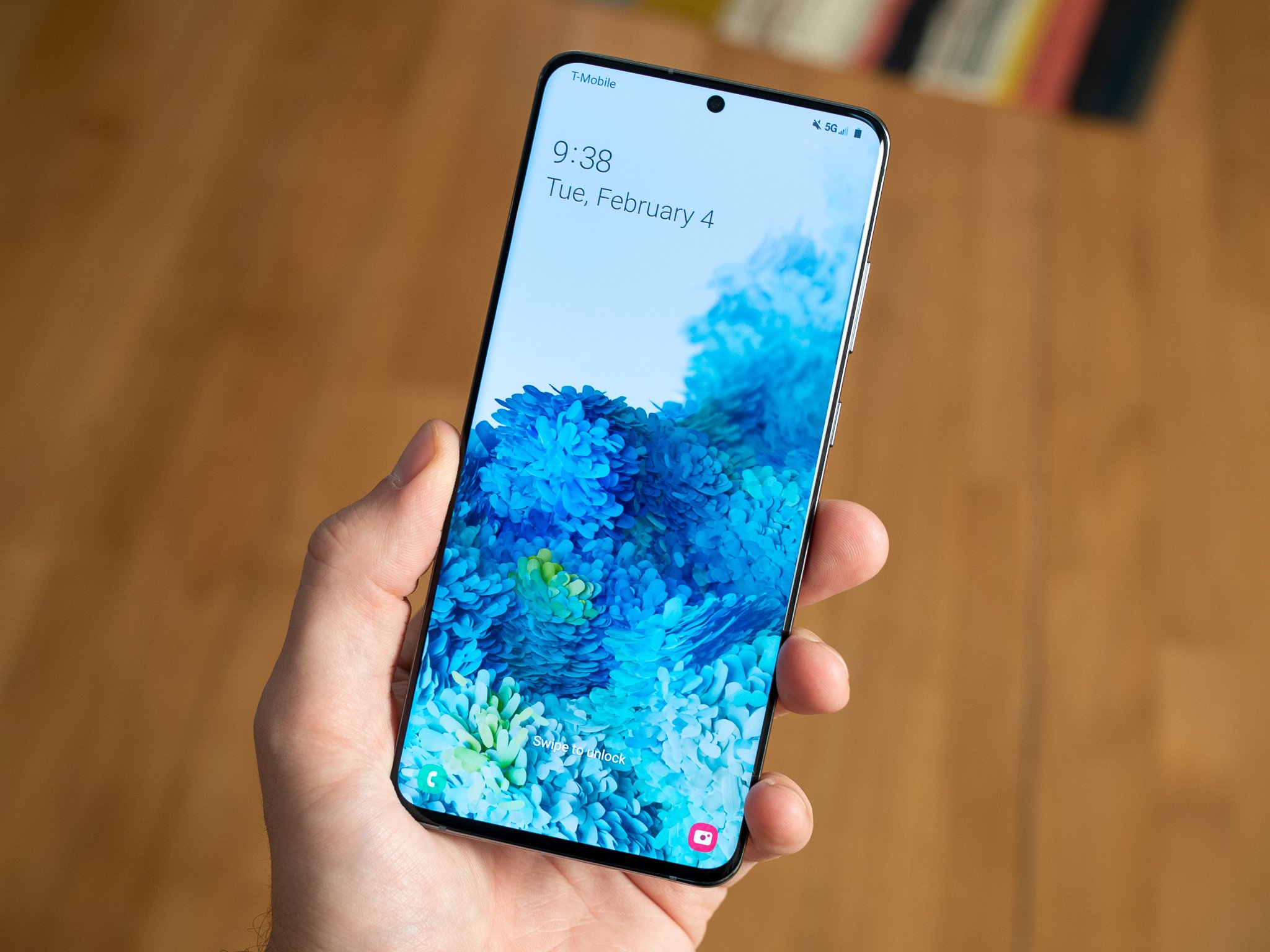
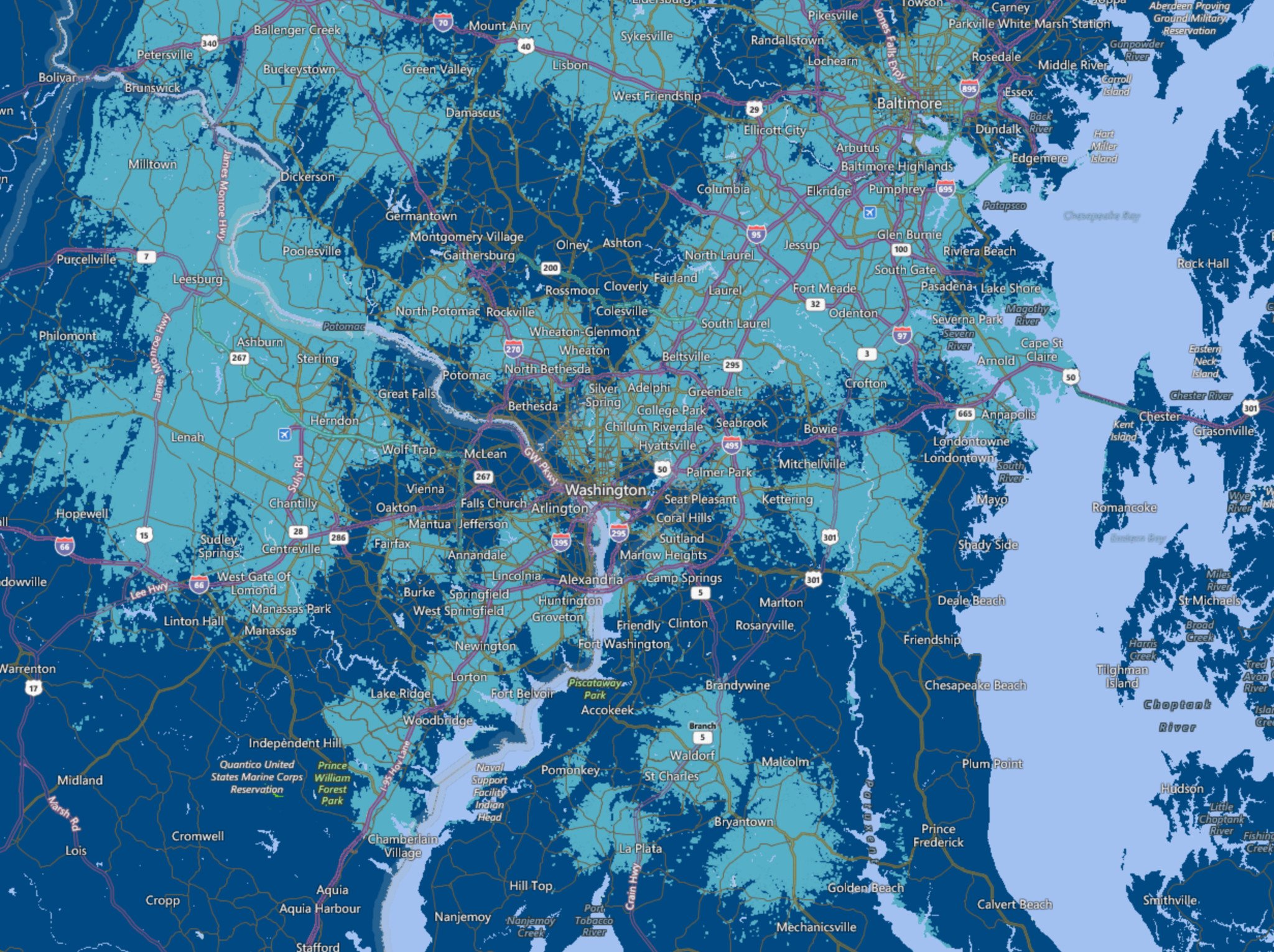


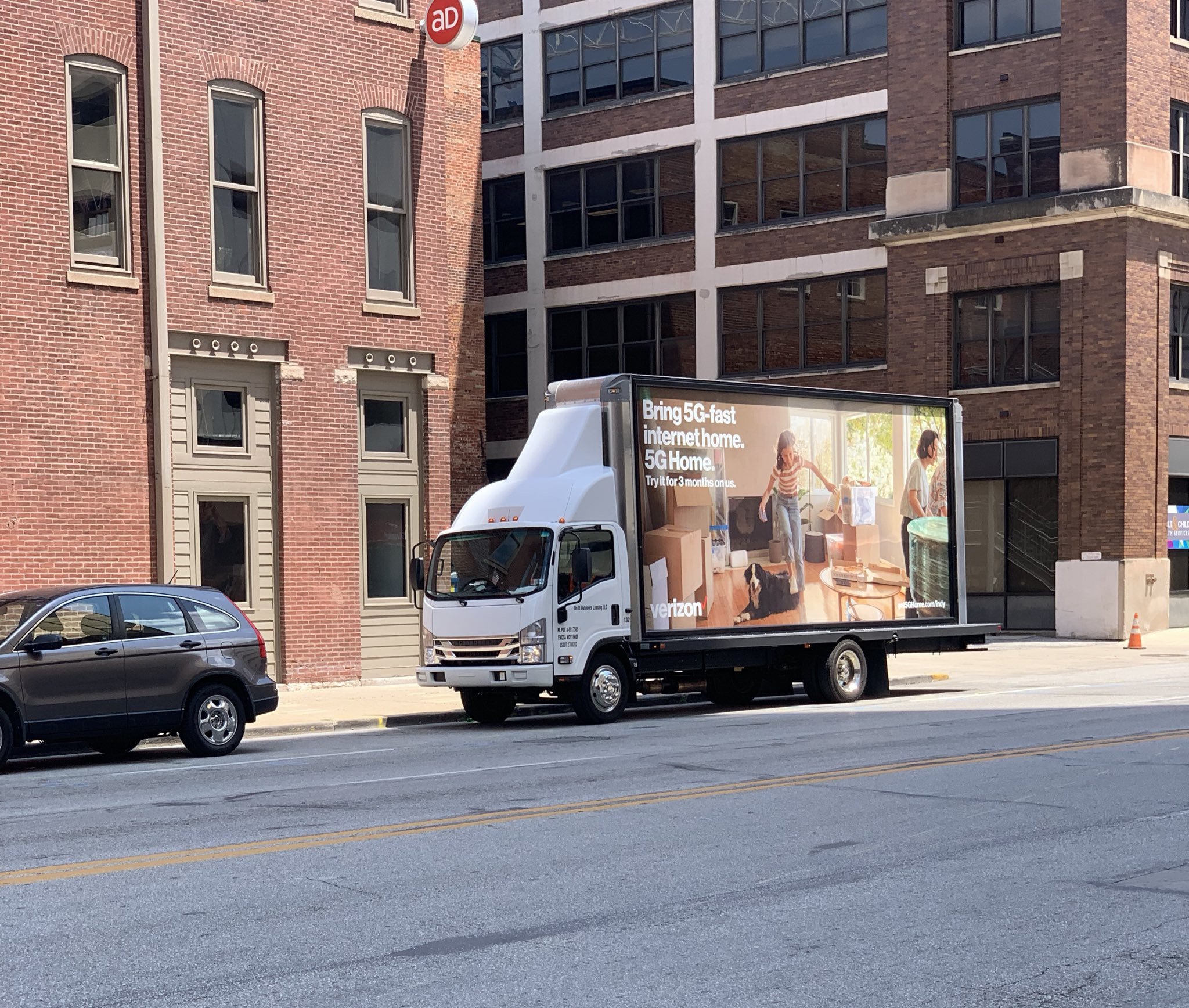
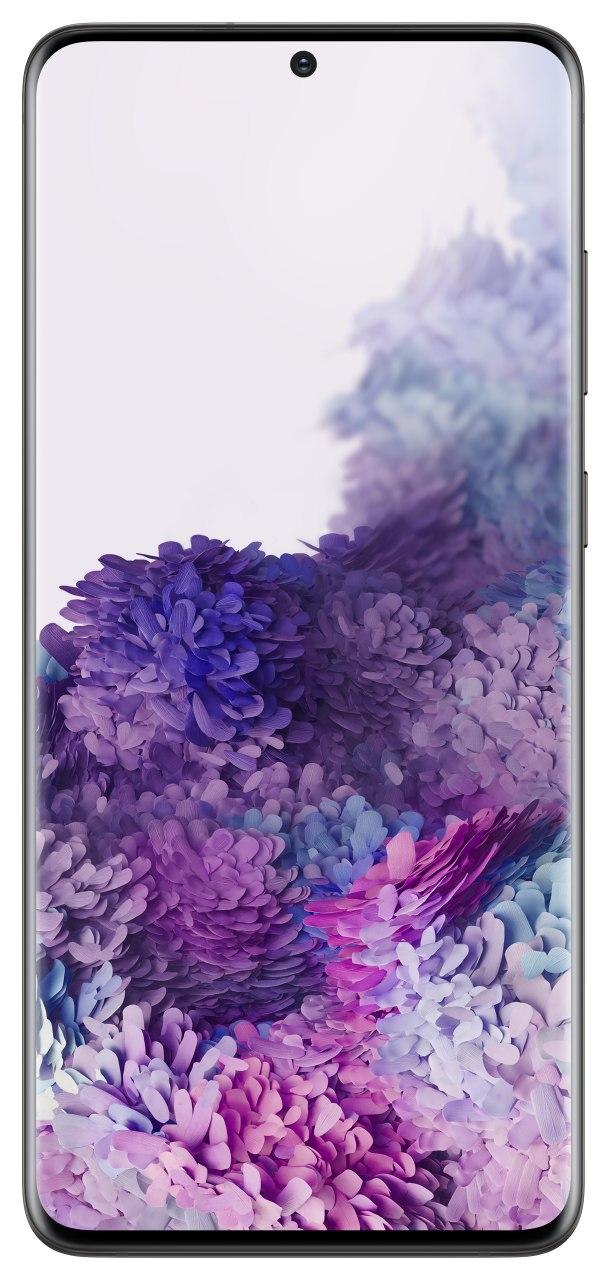
Tidak ada komentar:
Posting Komentar